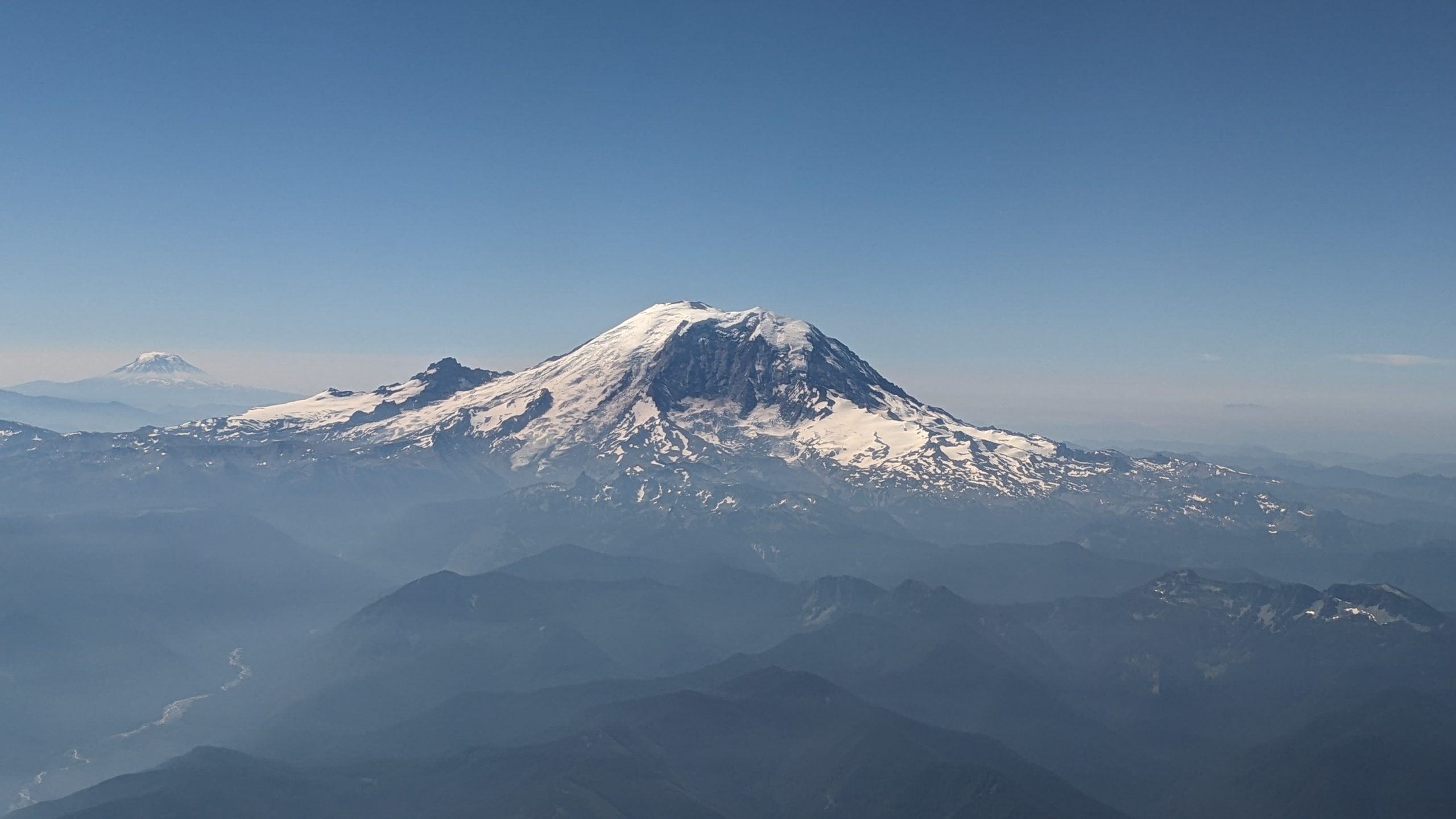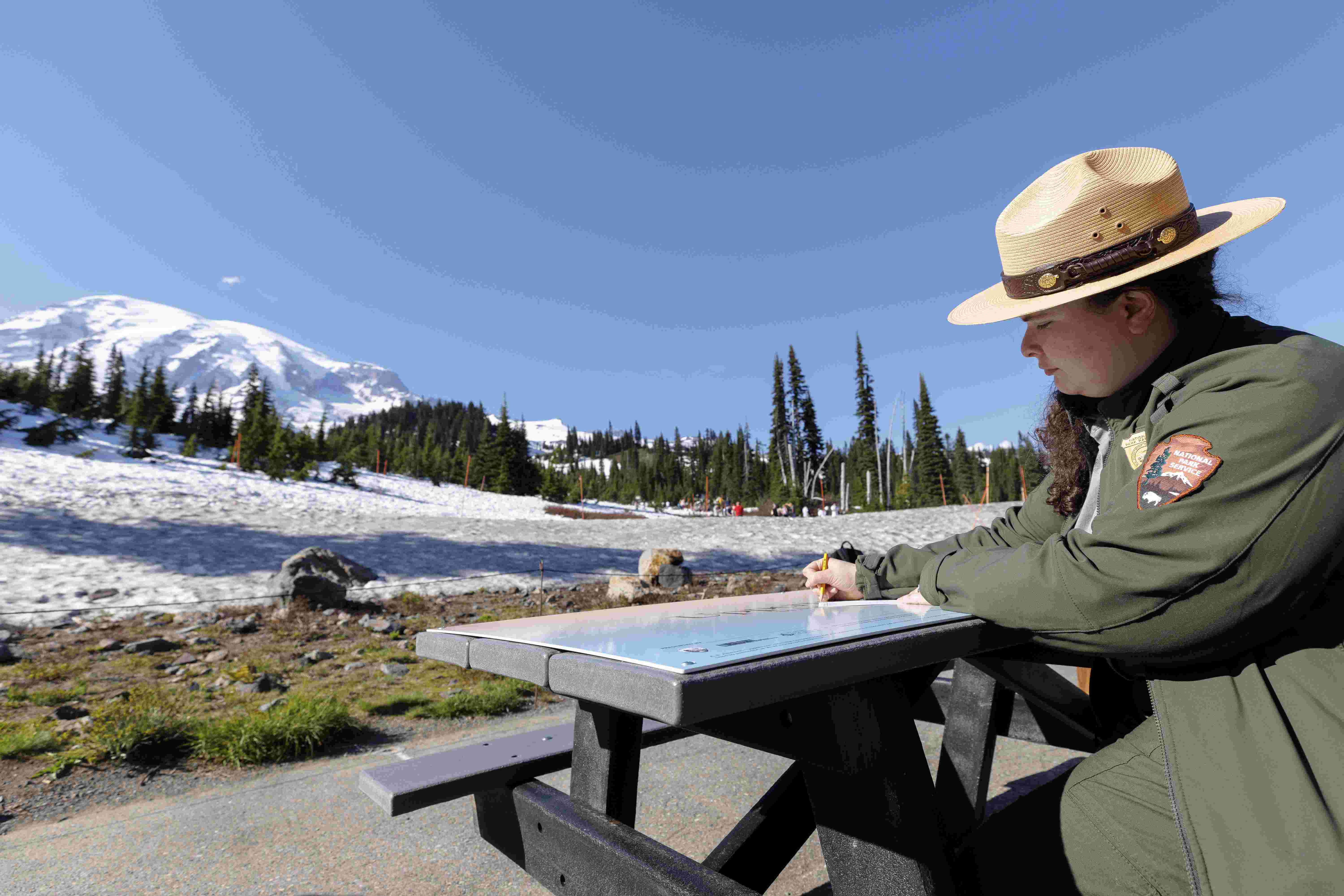Climbing Mount Rainier with RMI Expeditions requires careful preparation and the right gear. This comprehensive guide covers essential RMI gear for Mount Rainier, including technical equipment, clothing, and safety items. From ice axes and crampons to proper clothing layers and emergency supplies, we’ll explore everything you need for a successful and safe climb on this iconic peak.
What Technical Gear Do I Need for Climbing Mount Rainier with RMI?

The technical gear required for climbing Mount Rainier with RMI includes:
- Ice Axe
- Climbing Harness
- Crampons
- Avalanche Transceiver
- Helmet
Ice Axe
Choose an ice axe based on your height:
– Up to 5’8\”: 65 cm axe
– 5’8\” to 6’2\”: 70 cm axe
– Taller than 6’2\”: 75 cm axe
Ensure the spike is a few inches above the ground when held at your side.
Climbing Harness
Select a comfortable, adjustable alpine climbing harness with removable or adjustable leg loops. RMI harness rentals include a triple-action carabiner.
Crampons
Use 10-point or 12-point adjustable steel crampons with anti-balling plates.
Avalanche Transceiver
Bring an avalanche transceiver with fresh batteries and extras for the duration of the climb.
Helmet
A UIAA or CE certified climbing helmet is essential for protection against falling rocks and ice.
What Footwear is Recommended for Mount Rainier Climbs?

Proper footwear is crucial for a successful and comfortable climb on Mount Rainier. RMI recommends:
- Mountaineering Boots: Single or double boots, depending on the freezing level. If the freezing level is below 10,000 feet, double boots are mandatory.
- Boot Requirements: Insulated, full-shank, and crampon-compatible.
- Approach Shoes: Optional for the approach to Camp Muir.
How Should I Protect My Head and Eyes on Mount Rainier?
Protecting your head and eyes is essential due to intense sun reflection and potential falling debris. RMI recommends:
- Warm Hat: Wool or synthetic, fitting under the helmet
- Glacier Glasses: Close to 100% frame coverage, less than 10% visual light transmission
- Ball Cap or Sun Hat: For additional sun protection
- Buff or Neck Gaiter: For neck protection
- Goggles: Optional, but useful in harsh weather conditions
What Clothing Layers Are Necessary for a Mount Rainier Climb?
Proper layering is crucial for comfort and safety on Mount Rainier. RMI recommends the following clothing system:
| Layer | Items |
|---|---|
| Base Layer | Lightweight long underwear top and bottoms |
| Mid Layer | Midweight long underwear top and bottoms |
| Insulation Layer | Fleece or soft-shell jacket, Midweight puffy jacket with hood |
| Outer Layer | Waterproof/breathable rain jacket and pants, Ski pants (Schoeller type fabric) |
| Extreme Weather Layer | Insulated parka with attached hood |
What Safety and Navigation Equipment Should I Bring?
For safety and navigation on Mount Rainier, RMI recommends:
- Map and map case
- Compass
- Altimeter watch
- GPS (optional)
- Personal locator beacon or satellite messenger (optional)
- Two-way radios (optional)
What First-Aid and Hygiene Items Are Essential?
Maintain personal health and hygiene with these items:
- Personal medical kit (Band-Aids, moleskin, aspirin/ibuprofen, personal medications)
- Toilet paper and blue bags for waste
- Handwarmer packets
- Water treatment device (filter, purifier, tablets)
- Sunscreen and lip screen
What Miscellaneous Gear Should I Pack for Mount Rainier?
Don’t forget these essential miscellaneous items:
- LED headlamp with extra batteries
- Large insulated drinking cup
- Plastic bowl and spoon
- Pocket knife
- Trail lunches and personal snacks
- 2 wide-mouth water bottles
- 2 large garbage bags
How Do I Prepare for Emergencies on Mount Rainier?
Prepare for emergencies by:
- Carrying and knowing how to use avalanche safety gear
- Practicing proper rope techniques for glacier travel
- Monitoring weather forecasts and carrying appropriate gear
- Bringing a lightweight emergency shelter
- Knowing basic first-aid techniques
- Carrying communication devices like two-way radios or a cell phone
What Types of Guided Tours Does RMI Offer on Mount Rainier?
RMI Expeditions offers various guided tours on Mount Rainier:
- 4-Day Summit Climb: A comprehensive climbing experience
- Glacier Skills Seminar: Focused on glacier travel and crevasse rescue techniques
- Kautz and Fuhrer Finger Climbs: More technical climbs for experienced climbers
Group sizes typically range from 3 to 12 climbers, depending on the type of climb.
By following this comprehensive guide to RMI gear for Mount Rainier, you’ll be well-prepared for your climbing adventure. Remember to always prioritize safety and follow the guidance of your experienced RMI guides throughout your journey.
Reference:
1. https://www.mountainguides.com/rnr-ski-gear.shtml
2. https://www.rei.com/blog/travel/mount-rainier-climbing-gear-list
3. https://www.rmiguides.com/mt-rainier/4-day-summit-climb/equipment
